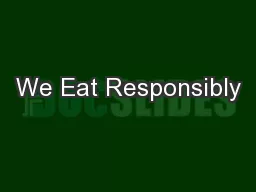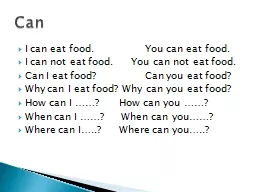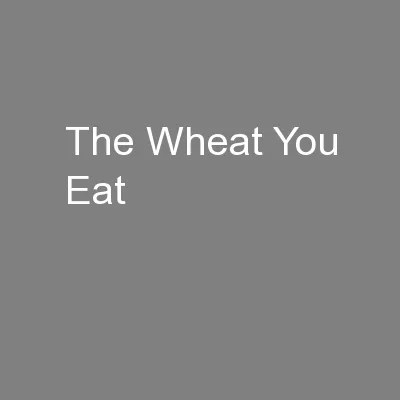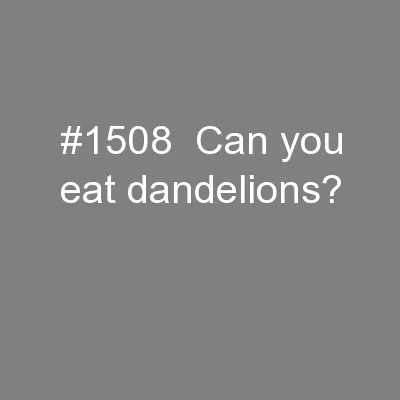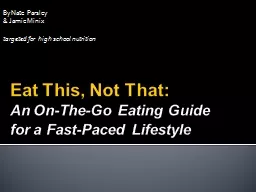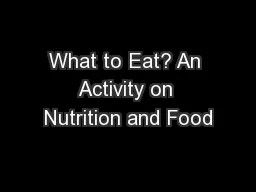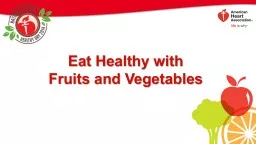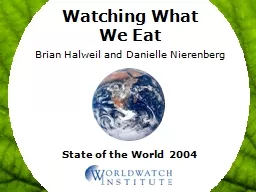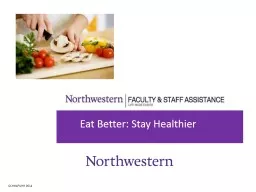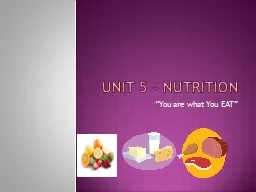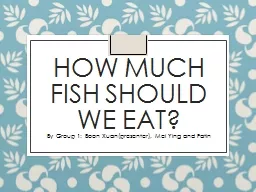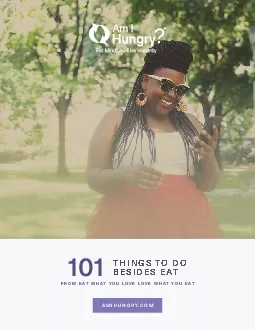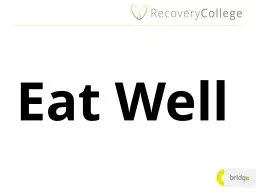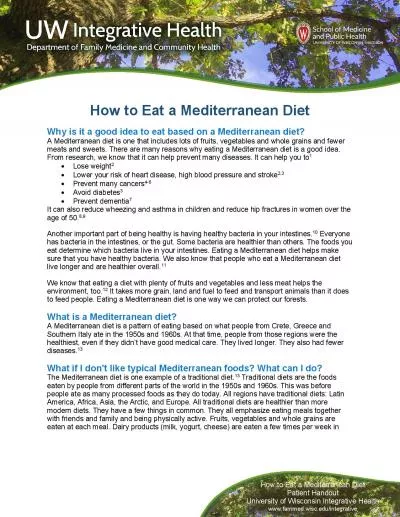PPT-We Eat Responsibly
Author : stefany-barnette | Published Date : 2016-12-11
Nieklu bResponsabbiltà Pilot Project 20152016 Whos participating in this project 9 Project P artners TEREZA Czech Republic ŽIVICA Slovakia DRUŠTVO DOVES
Presentation Embed Code
Download Presentation
Download Presentation The PPT/PDF document "We Eat Responsibly" is the property of its rightful owner. Permission is granted to download and print the materials on this website for personal, non-commercial use only, and to display it on your personal computer provided you do not modify the materials and that you retain all copyright notices contained in the materials. By downloading content from our website, you accept the terms of this agreement.
We Eat Responsibly: Transcript
Download Rules Of Document
"We Eat Responsibly"The content belongs to its owner. You may download and print it for personal use, without modification, and keep all copyright notices. By downloading, you agree to these terms.
Related Documents

